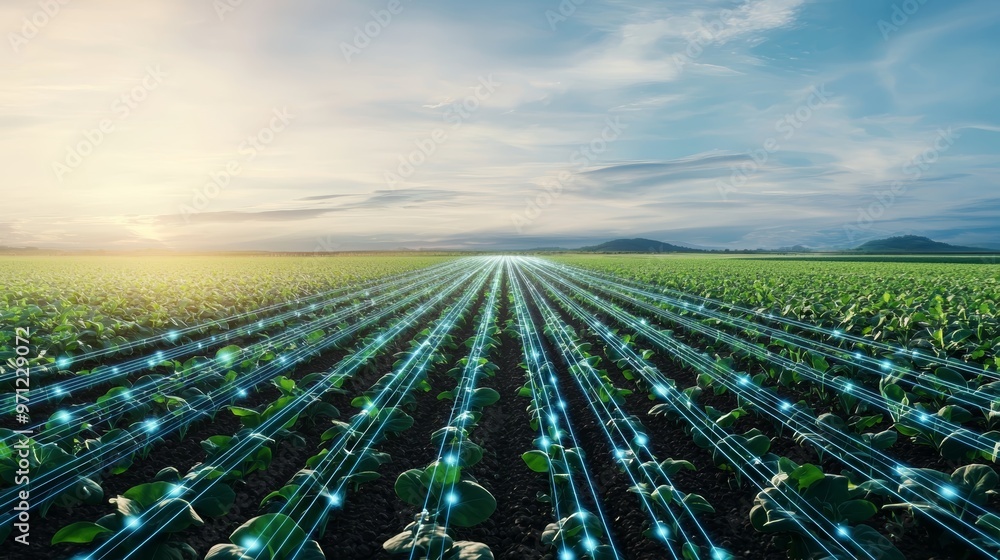The agricultural sector is undergoing a significant transformation, driven by the need for sustainable practices and the integration of technological innovations. As the global population continues to grow, the demand for food is increasing, putting pressure on farmers to produce more with fewer resources.
Precision Agriculture: The Data-Driven Revolution
Precision agriculture involves the use of sensors, drones, and data analytics to optimize crop yields and reduce waste. By monitoring soil conditions, weather patterns, and plant health, farmers can make informed decisions about irrigation, fertilization, and pest control. This approach not only improves efficiency but also minimizes the environmental impact of farming.
Vertical Farming: Growing Up, Not Out
Vertical farming offers a solution to land scarcity and urban food production. By growing crops in vertically stacked layers indoors, vertical farms can produce high yields in a controlled environment, regardless of weather conditions. This technology has the potential to revolutionize the way we grow food in cities and reduce the carbon footprint associated with transportation.
Regenerative Agriculture: Healing the Earth
Regenerative agriculture focuses on restoring soil health and biodiversity through practices such as cover cropping, no-till farming, and crop rotation. By improving soil structure and organic matter content, regenerative agriculture can enhance water infiltration, reduce erosion, and sequester carbon from the atmosphere. This approach not only benefits the environment but also improves the resilience of farming systems to climate change.
The Role of AI and Robotics
Artificial intelligence and robotics are becoming increasingly important in modern agriculture. From autonomous tractors to AI-powered crop monitoring systems like Chowkidaar, these technologies are helping farmers work more efficiently and make better decisions. Machine learning algorithms can analyze vast amounts of data to predict crop yields, detect diseases early, and optimize resource allocation.
Looking Ahead
The future of farming lies in the adoption of sustainable practices and the integration of technological innovations. By embracing precision agriculture, vertical farming, regenerative agriculture, and advanced technologies like AI and robotics, farmers can produce more food with fewer resources while protecting the environment and building more resilient farming systems.
